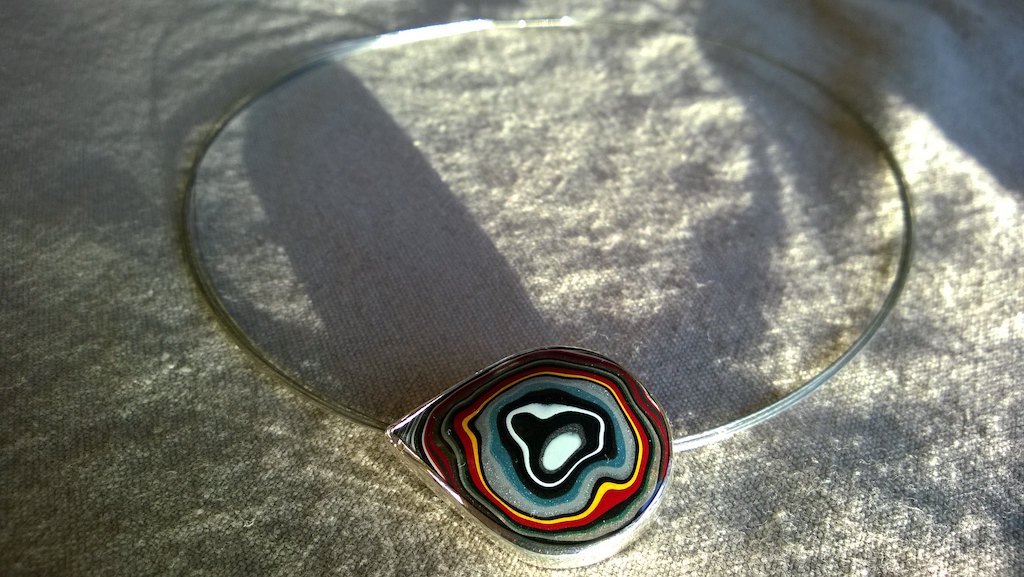The essay analyses Fordite, a synthetic material produced in car painting, as an example of an Anthropocene object that connects human and non-human processes. Fordite is presented as a “false gem”, a symbol of the acceleration and synthesis of materials in modern times. The text explores its origins as an industrial waste that was transformed into a prized jewel, and connects it to the ecological and social consequences of the mass production of automobiles. Fordite breaks down the boundaries between nature and culture, waste and valuable object, and offers an opportunity to reflect on the complexity and ambivalence of relationships in the Anthropocene. The authors critically examines the role of human and non-human actors in the creation of this phenomenon.
Authors: Samuel Csanda, Anna Šímová, Johana Zelenáková
